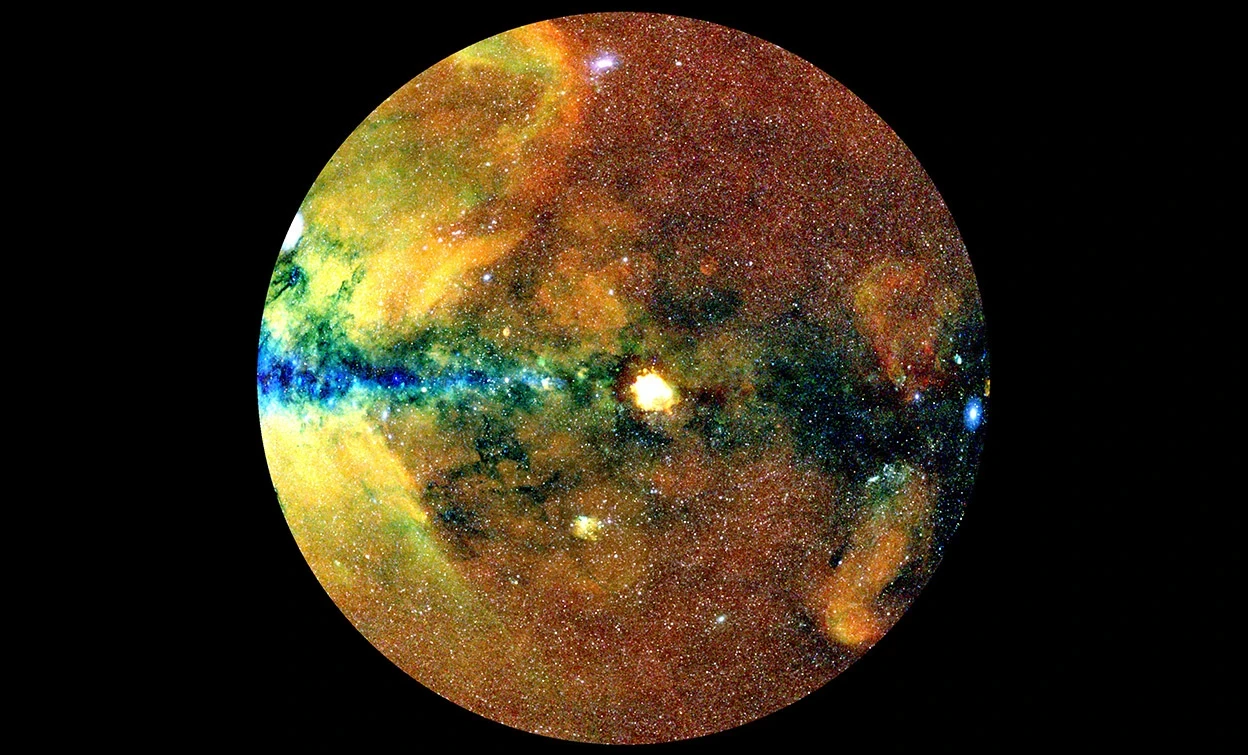401
402
1
NuSTAR and NICER observe same radio burst, provide hints into nature of phenomenon - NASASpaceFlight.com
(www.nasaspaceflight.com)
403
404
405
96
A Mysterious Wave-Like Structure in Our Galaxy Found to Be Slowly Slithering
(www.sciencealert.com)
406
37
There may be a 'dark mirror' universe within ours where atoms failed to form, new study suggests
(www.livescience.com)
407
408
409
410
411
412
413
414
415
416
417
418
419
420
421
422
42
Saturn’s ‘Death Star’ moon has hidden ocean under its crust, say scientists
(www.theguardian.com)
423
424
61
JWST Imaged Two Apparent Alien Worlds Still Circling The Bodies of Their Dead Stars
(www.sciencealert.com)
425
